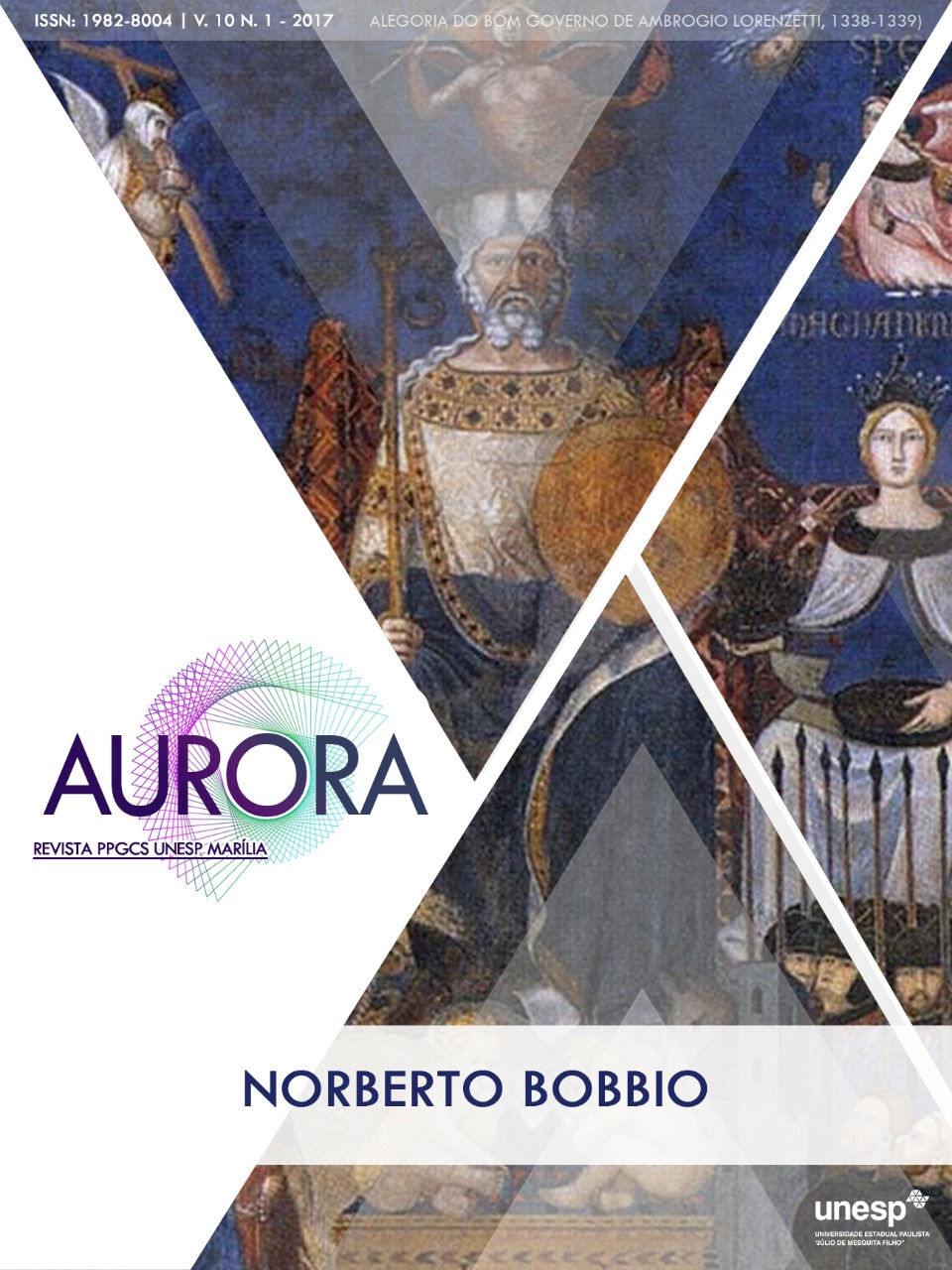The violated democracy
DOI:
https://doi.org/10.36311/1982-8004.2017.v10n1.11.p133Keywords:
Norberto Bobbio, DemocracyAbstract
Among all the criminal actions that men can carry out against other men, an attack is one of those that comes closest to radical evil: it is the ultimate crime, murder, consciously directed against the innocent. He who places a lethal bomb on a train or in a station waiting room knows with certainty that the victims his gesture produces have, in relation to the end or ends he proposes, no guilt. It does not hit the enemy, real or presumed, but on a whim those who happen to find themselves on that train, or in that waiting room, in that square. I don’t mean to say that the terrorist doesn’t have an enemy to target or take revenge on. But his enemy is elsewhere: the slaughter of the innocent is just a means to indirectly target an enemy that only he knows or should know who he is and where he is. Perhaps there is no more perverse way to reduce man to a means than to consider his violent death as a pure means of an unknown design. [...]
Downloads
References
Este texto, extraído da Revista Nuova Antologia (n. 2191, Florença: Le Monnier, jul-set, 1994, pp. 253-255) é o fio da análise de Norberto Bobbio no relatório do congresso de Brescia sobre “Violência política e desestabilização antidemocrática”, ocorrido na cidade lombarda em maio de 1994 por ocasião do vigésimo aniversário do atentado à Piazza della Loggia. Foi republicado em La Stampa, 28 maggio 1994. Agradecemos ao Instituto Norberto Bobbio pela gentileza da cessão dos direitos de tradução e publicação deste texto. Tradução de Erica Salatini. Revisão técnica de Rafael Salatini.
Downloads
Published
Issue
Section
License
Copyright (c) 2017 Norberto Bobbio

This work is licensed under a Creative Commons Attribution 4.0 International License.
Open Access Journal Policy
Authors retain copyright over the published article, and Revista Aurora holds the right of first publication. The Journal adopts the Creative Commons Attribution (CC BY) 4.0 International license, which is used internationally by leading open access journals and publishers. This license allows others to remix, adapt, and build upon the published work, while giving appropriate credit to the original authors and the initial publication in this journal. Authors are permitted to enter into separate additional contracts for the non-exclusive distribution of the version of the work published in this journal (e.g., to publish in an institutional repository, on a personal website, to publish a translation, or as a book chapter), with acknowledgment of the authorship and initial publication in this journal.










